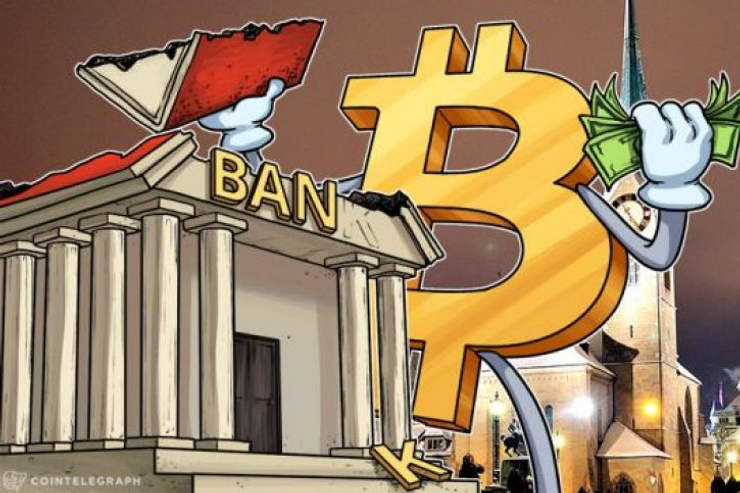Hi, I’m Adil Wali. I became a Microsoft certified professional at age 14 and started my first web development company. That led to a career as a serial entrepreneur, advisor, and startup investor. I got my first “real job” at 33, and I’m now a FinTech executive with a passion for the markets.

I’ve thought a lot lately about innovation and creation. There are lots of ways that we can try to improve our total creative quality and output as an organization. The first, and most obvious choice, is to try and find and surround ourselves with innovative people. We’ve gone from a group of four very talented folks in our office to over fifty in the last four months. Check. Now what?
Now we have to think about fostering an environment that enables people to be creative and innovative. What I have come to find is that talking about culture is really easy. But, doing anything about culture is MUCH harder. Actually trying to drive cultural change or evolution can be very trying work, and it often doesn’t feel like any progress is being made.
So I have done some research and thinking about the best way to create a culture of innovation, and here’s what I’ve got so far. You have to:
- Meet people’s needs: People can’t actually start thinking about creating great stuff if they are distracted with basic needs. I think Maslow’s Hierarchy of Needs is a great place to start. Some times their needs are easier to meet than you think. Try asking them what they need to perform their best.
- Teach people how to be creative and rigorous: Creativity isn’t just about sitting in a room and coming up with great ideas. One must validate her ideas with real users, and actually be willing to disprove her own hypotheses. People need to be taught how to combine creativity and rigor. Not sure the best way to teach this yet, but Steve Blank’s Customer Development is a good start.
- Allow people to be passionate: Don’t deploy people against boring stuff if they are known to be passionate about something else. People who are encouraged to follow whatever they are passionate almost always produce better results. If what they are passionate about is not relevant to where you are going, consider that before you bring them on board!
- Bring meaning to the work: This is related to item #1, but is important to mention in it’s own right. “Differentiating on meaning” is the way of the future. Smart people can make money anywhere. You have to be sure that the problem you are solving actually creates meaning for people, and somehow makes the world a better place. Without an impetus for innovation, why would anyone care? Bo Peabody describes this best when he says that you should build an organization that is “fundamentally innovative, morally compelling, and philosophically positive.”
- Provide the time: Great innovation doesn’t come easily or quickly. You have to give folks the time to explore and discover the creative context for why they are doing what they are doing. They also need the time to come up with multiple approaches to the problem, so they can validate and understand which parts of each solution are best.
- Let people recharge: If people don’t have time to ‘get away’ from the problem for a while, they’ll never effectively hit the ‘incubation’ stage of the creative process. This doesn’t have to come at the expense of being agile about the approach. A person or group can still be high velocity and drive incremental value, but you can’t expect their product to start getting good immediately.
So, why does this matter? Well, simply put: people are hard enough to manage when you are not expecting them to innovate or be creative. Adding this (very high) expectation to the mix is no small matter. Doing so without creating the right environment for success is a recipe for disappointment.
Also, take it from someone who is learning the hard way: focus on the culture early, before it gets too far ahead of you. It’s a lot harder to play catch-up and drive cultural change than it is to be thoughtful about it from day one!






